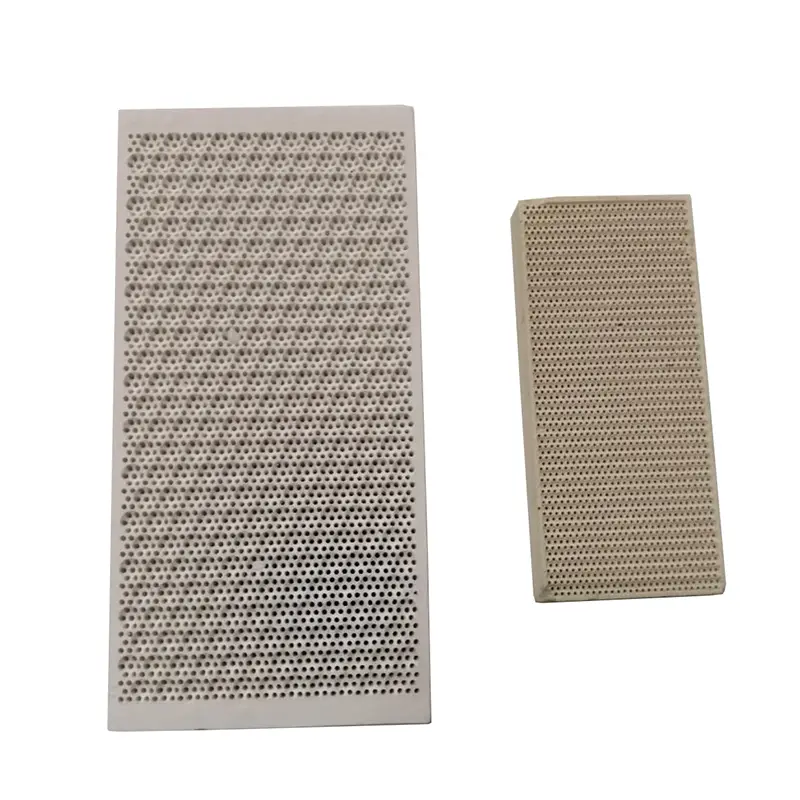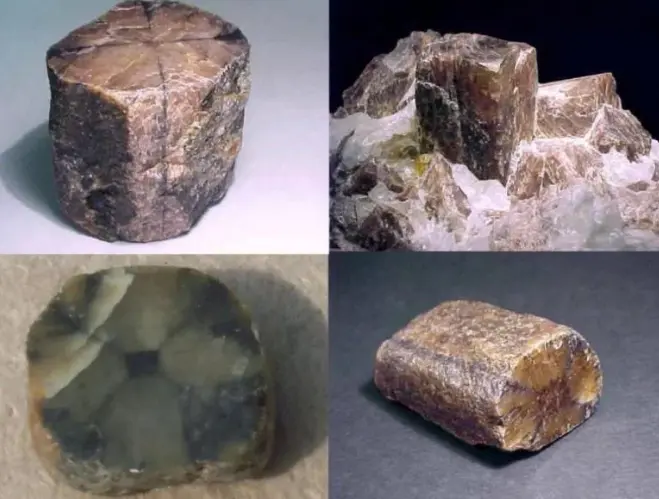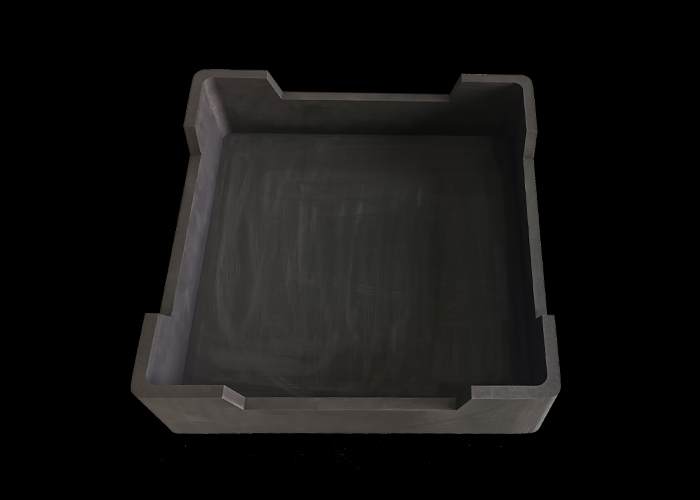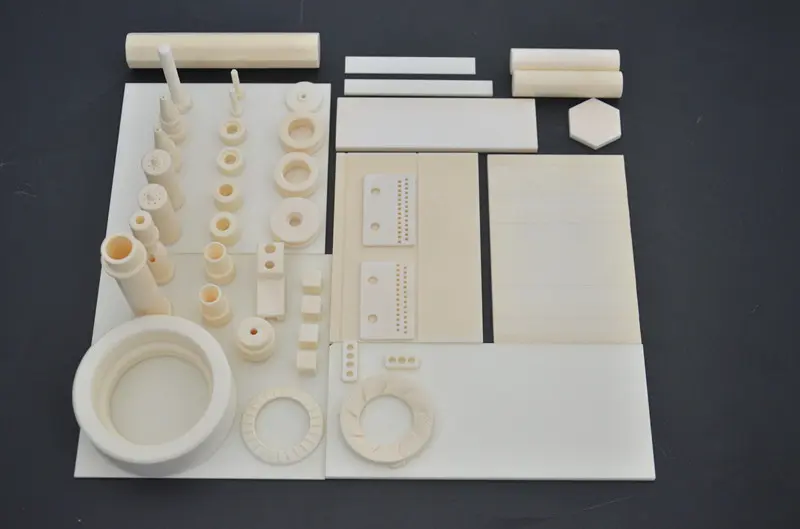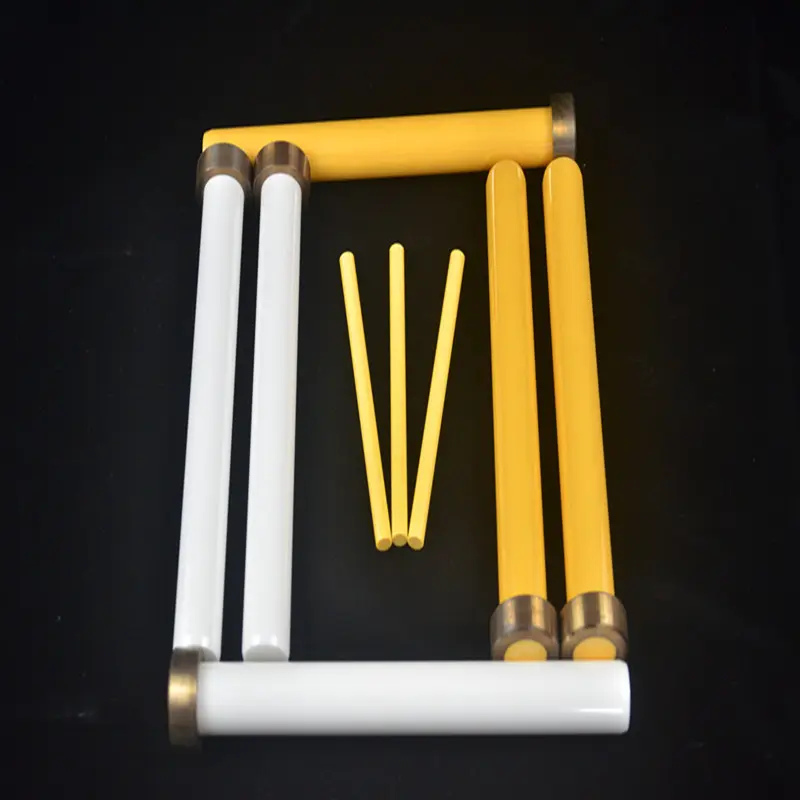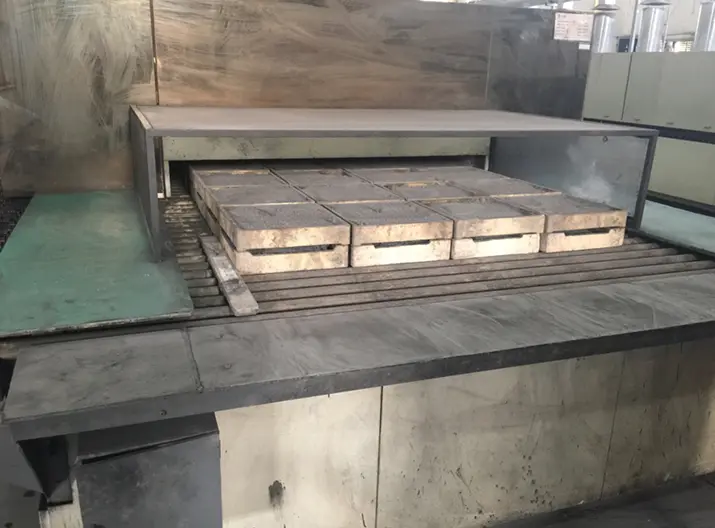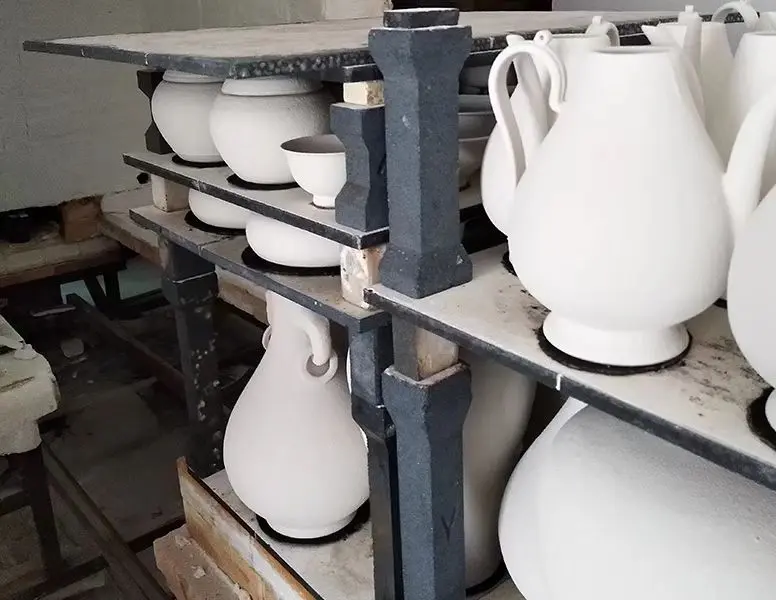Application and Development of Andalusite in Ceramic Kiln Furniture
Properties of Andalusite
Andalusite is characterized by its distinctive crystal structure, which contributes to its remarkable physical and chemical properties. With a high melting point of approximately 1,700°C, andalusite can withstand the extreme temperatures encountered in ceramic kilns. Its low thermal expansion coefficient minimizes the risk of cracking and warping during the heating and cooling cycles, making it a reliable material for kiln tools. Additionally, andalusite exhibits excellent resistance to chemical corrosion, which is crucial in environments where various glazes and clays are processed.
Applications in Ceramic Kiln Tools
The primary application of andalusite in ceramic kiln tools is in the production of refractory materials. Refractories are essential for lining kilns, furnaces, and other high-temperature equipment, as they protect the structural integrity of the kiln while maintaining optimal thermal efficiency. Andalusite-based refractories are particularly advantageous due to their ability to withstand thermal shock and their durability under prolonged exposure to high temperatures.
In addition to refractories, andalusite is also used in the manufacturing of Kiln Furniture, which includes shelves, props, and supports that hold ceramic items during firing. The use of andalusite in kiln furniture enhances the performance and longevity of these tools, as they can endure the intense heat and prevent deformation. Furthermore, andalusite’s low porosity ensures that kiln furniture remains lightweight while providing excellent load-bearing capacity.
Development Trends
The development of andalusite in ceramic kiln tools is evolving, driven by the increasing demand for high-performance materials in the ceramics industry. Researchers and manufacturers are exploring innovative ways to enhance the properties of andalusite-based products. One such trend is the incorporation of andalusite with other materials to create composite refractories that offer improved thermal and mechanical properties. These composites can be tailored to meet specific requirements, such as enhanced thermal shock resistance or increased strength at elevated temperatures.
Another area of development is the optimization of the processing techniques used to manufacture andalusite-based kiln tools. Advances in sintering technology and the use of additives can lead to improved microstructural characteristics, resulting in superior performance. Additionally, the exploration of sustainable practices in the sourcing and processing of andalusite is gaining traction, as the ceramics industry increasingly prioritizes environmental responsibility.
Conclusion
The application and development of andalusite in ceramic kiln tools represent a significant advancement in the ceramics industry. Its unique properties make it an invaluable material for refractories and kiln furniture, ensuring the efficiency and durability of high-temperature processes. As research and development continue to progress, the potential for andalusite to contribute to innovative solutions in ceramic manufacturing is vast. By embracing new technologies and sustainable practices, the ceramics industry can harness the full potential of andalusite, paving the way for enhanced performance and environmental stewardship in kiln tool applications.


